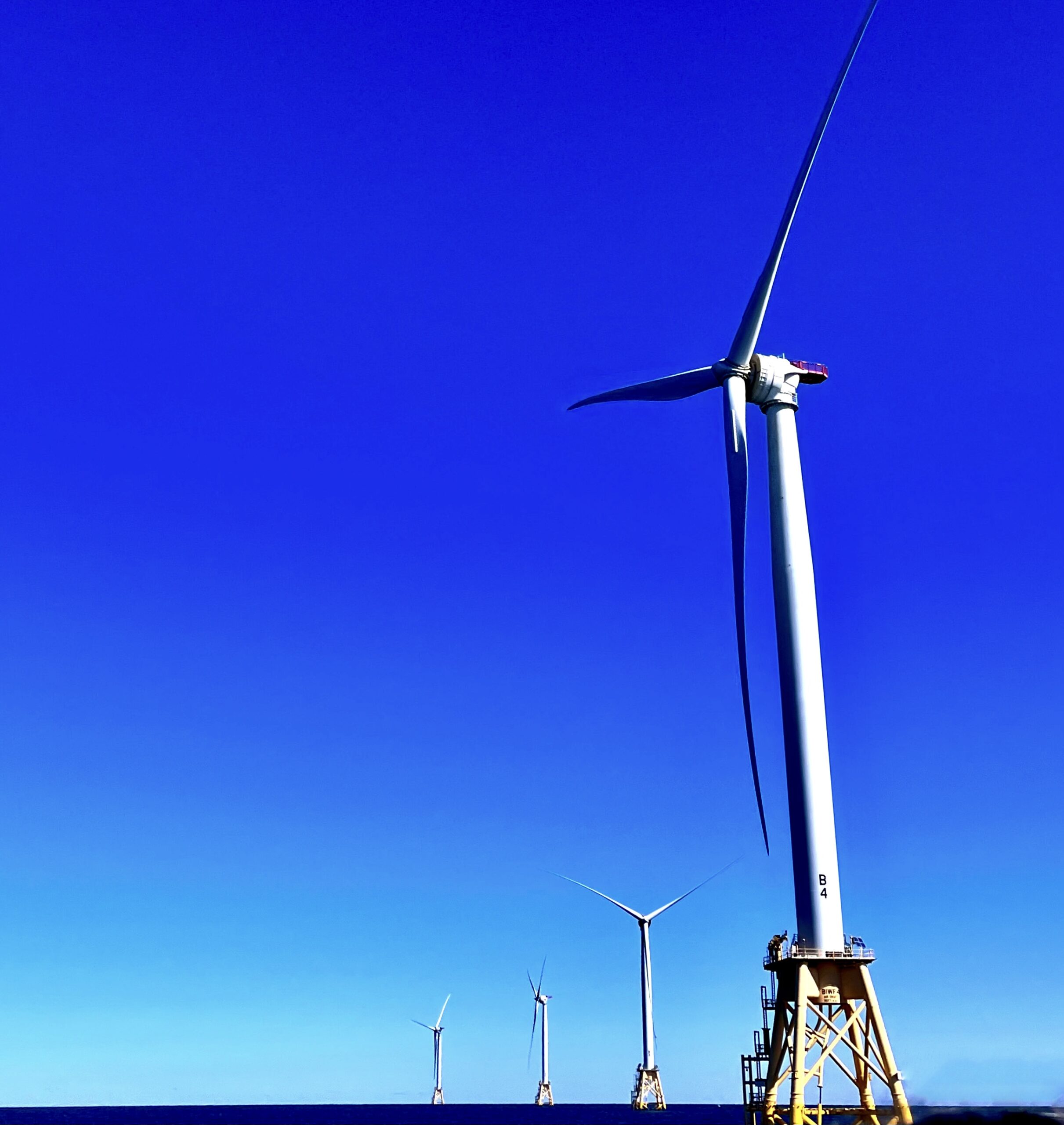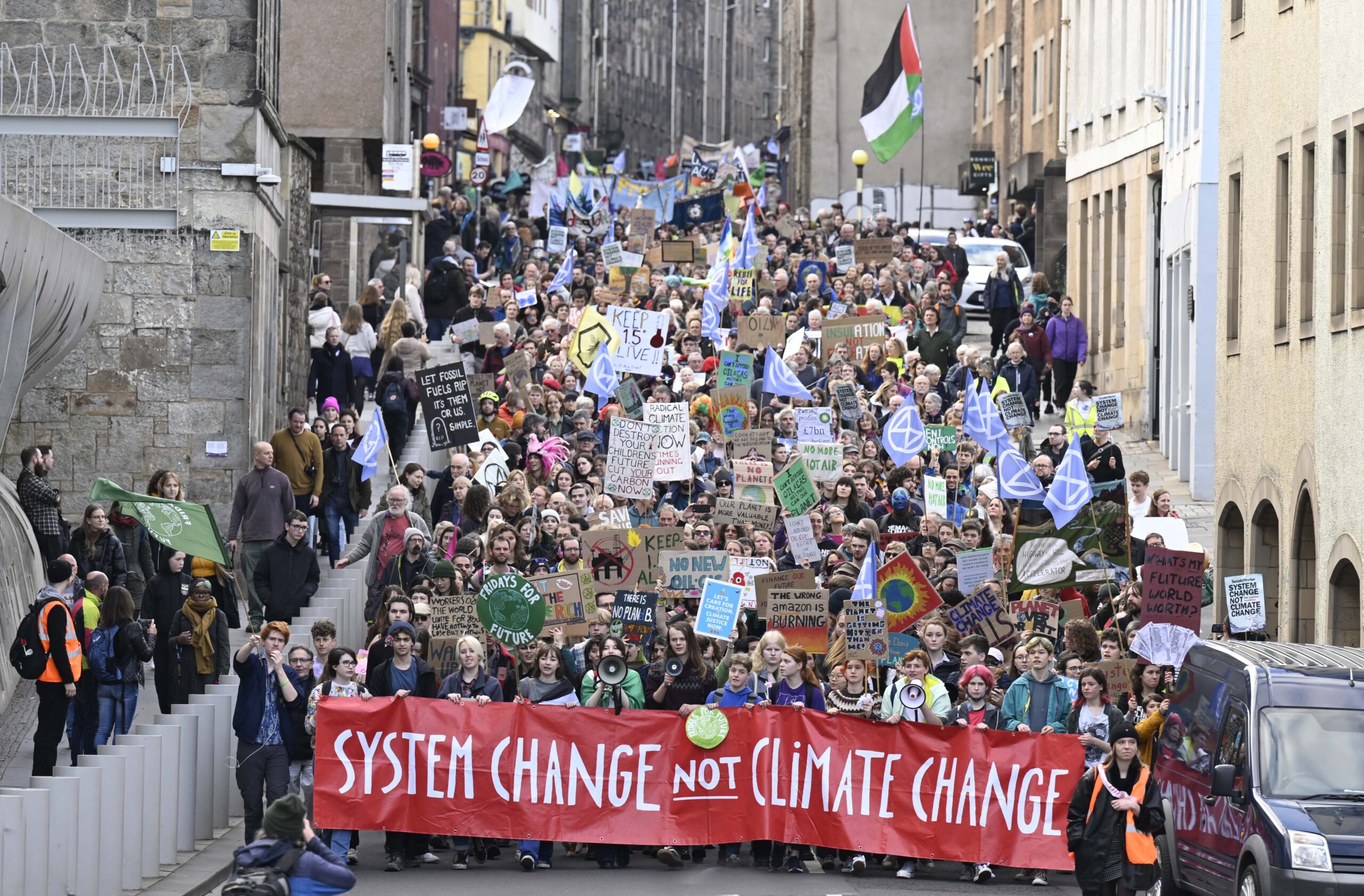On August 29th, in a significant step towards achieving the Biden administration’s goal to deploy 30 gigawatts of offshore wind energy by 2030, the Bureau of Ocean Energy Management (BOEM) offered 301,746 acres for auction in the Gulf of Mexico, off the coasts of Texas and Louisiana. This is the first ever lease sale in the Gulf of Mexico, and 15 developers qualified to participate, including Shell New Energies, TotalEnergies Renewables, RWE Offshore, and Avangrid Renewables. Only two of those qualified bidders participated in the auction, marking the first instance since 2015 that a lease area was offered and not sold.
After only one round of bidding on three possible lease areas, the provisional winner was announced to be RWE Offshore, purchasing the lease area off of Lake Charles Louisiana for $5.6 million. Companies had the option to claim bid credits supporting supply chain and workforce development, as well as a fisheries mitigation fund that will be established for the region. BOEM is reporting that the auction will result in over $860,000 in contributions to workforce and supply chain, and more than $430,000 for fisheries mitigation.
Growing interest in offshore wind development
“Today’s lease sale represents an important milestone for the Gulf of Mexico region — and for our nation — to transition to a clean energy future,” said Bureau of Ocean Energy Management (BOEM) Director Elizabeth Klein. “The Lake Charles Lease Area will have the potential to generate enough electricity to power about 435,400 homes and create hundreds of jobs.”
The federal government has been holding offshore wind lease auctions since 2013 and there has been consistent and substantial growth in interest from developers. With only seven offshore wind turbines in the U.S. to date, 2023 has marked the beginning of construction on two utility-scale projects in the northeast, as well as final permitting approval for four more. The industry has been active in Europe for over three decades, and companies are eager to get involved as the U.S. pivots to clean, renewable energy and the jobs that come with it.
“The first Gulf of Mexico offshore wind lease auction opens the door to the opportunity for an energy transformation, limiting the impacts of climate change that the region is already experiencing,” said Helen Rose Patterson, senior campaign manager for offshore wind energy at the National Wildlife Federation. “People in the Gulf region have an opportunity to be part of building an energy system that not only provides clean energy, but actively works to unravel the harms that the current energy system has inflicted on our environment, and our communities. It is essential that Louisiana and Texas decision makers work to ensure that the regulatory structures are in place to foster this growing industry and take advantage of the economic opportunities it will bring.”
While neither Louisiana nor Texas have set official targets for purchasing offshore wind energy, Louisiana’s climate action plan includes goals for offshore wind energy development, and there is funding in the current budget to support a planning process to ensure that the state benefits from the development of the industry locally.
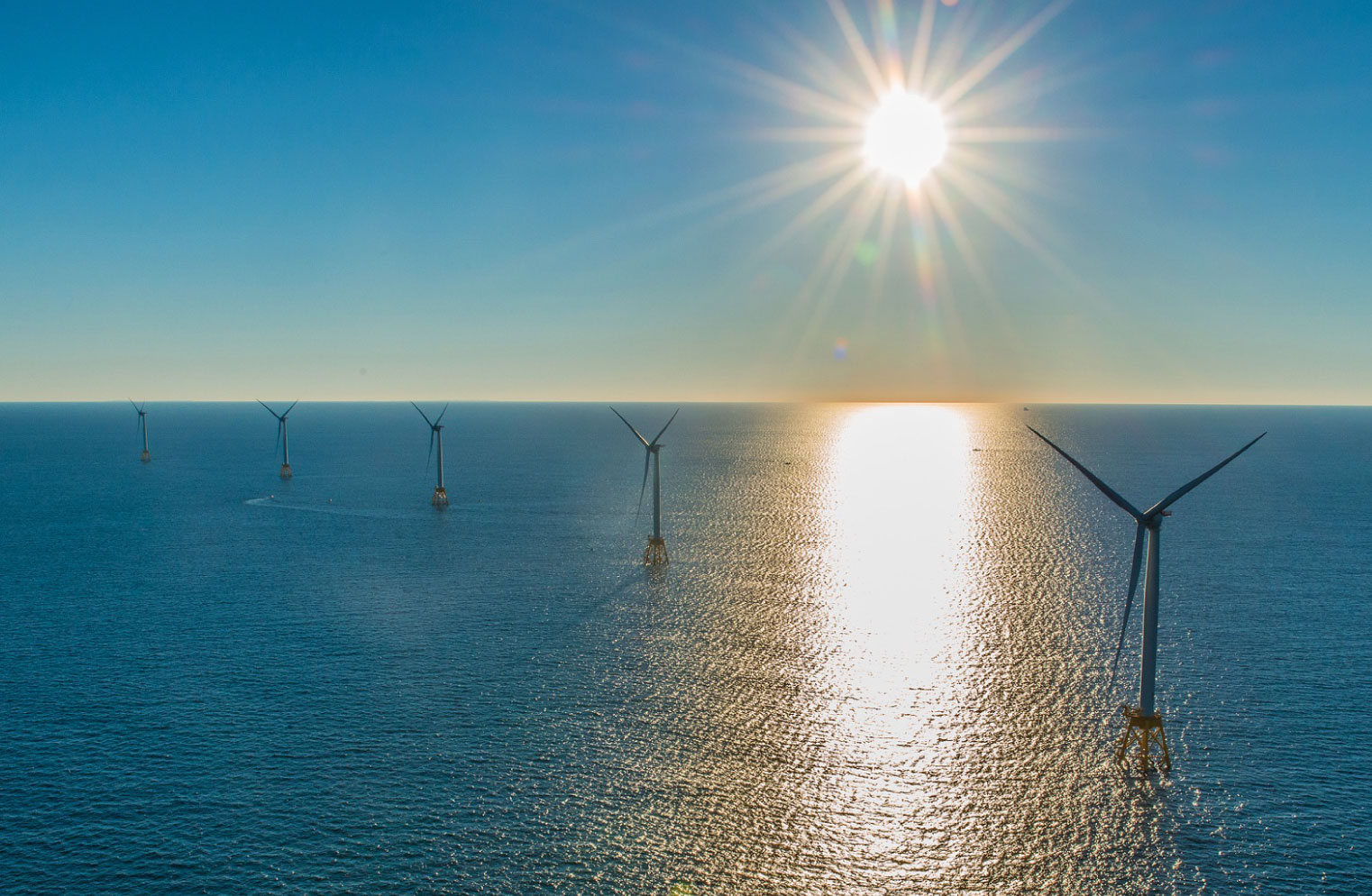
Louisiana companies were critical to building the Block Island Wind farm, and are eager to support the growth of the industry at home, and across the nation, as more and more wind farms move toward construction. Workers in the Gulf South have an essential role to play in building an industry that will support resilient communities well into the future.
Looking forward to a clean energy future
Now that RWE has this lease, what comes next? While this lease sale represents an important step in the process of developing this offshore wind site, there is still a long way to go before there are turbines in the water.
The developer will work with state and federal regulators to determine where to place turbines within their lease area, lay underwater cables, and bring energy onshore to the communities that need it. There will be many opportunities for the public and expert stakeholders to engage in every step of the process.
To capitalize on this opportunity, and to support more competitive lease sales moving forward, Louisiana and Texas should set robust procurement goals that include environmental protections and state energy regulators must begin planning for transmission and interconnection. Taking these proactive steps will help the states make the most of the opportunity to reduce emissions and build their clean energy economies.
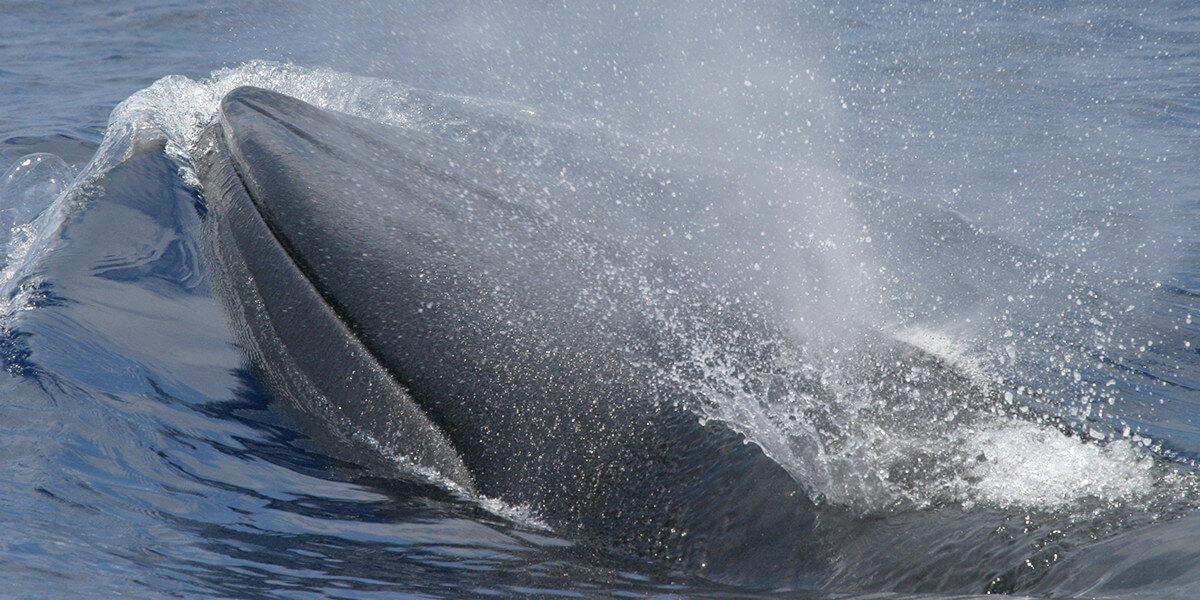
Prioritizing wildlife habitat protection
This auction follows years of work to identify suitable sites. NWF provided input every step of the way, and celebrated the selection of lease areas that avoided our most significant wildlife concerns. But there is still more to do to ensure effective wildlife protections are in place as developers begin to assess their lease areas. For example, the critically endangered Rice’s whale lives only in the Gulf of Mexico, and with an estimated 50 individual whales left, the death of just one whale could jeopardize the future of the species. NWF will continue to work with our partners and government officials to support ongoing research so we can better understand and protect this small population.
The Gulf of Mexico is also a globally significant migratory bird flyway, and significant efforts will need to be made to ensure that turbines are not negatively impacting migratory birds, ocean birds, or coastal bird species. There are several opportunities during the permitting process to ensure robust protections for birds, and NWF will be collaborating with our partners to identify and advocate for the best practices to protect these special species.
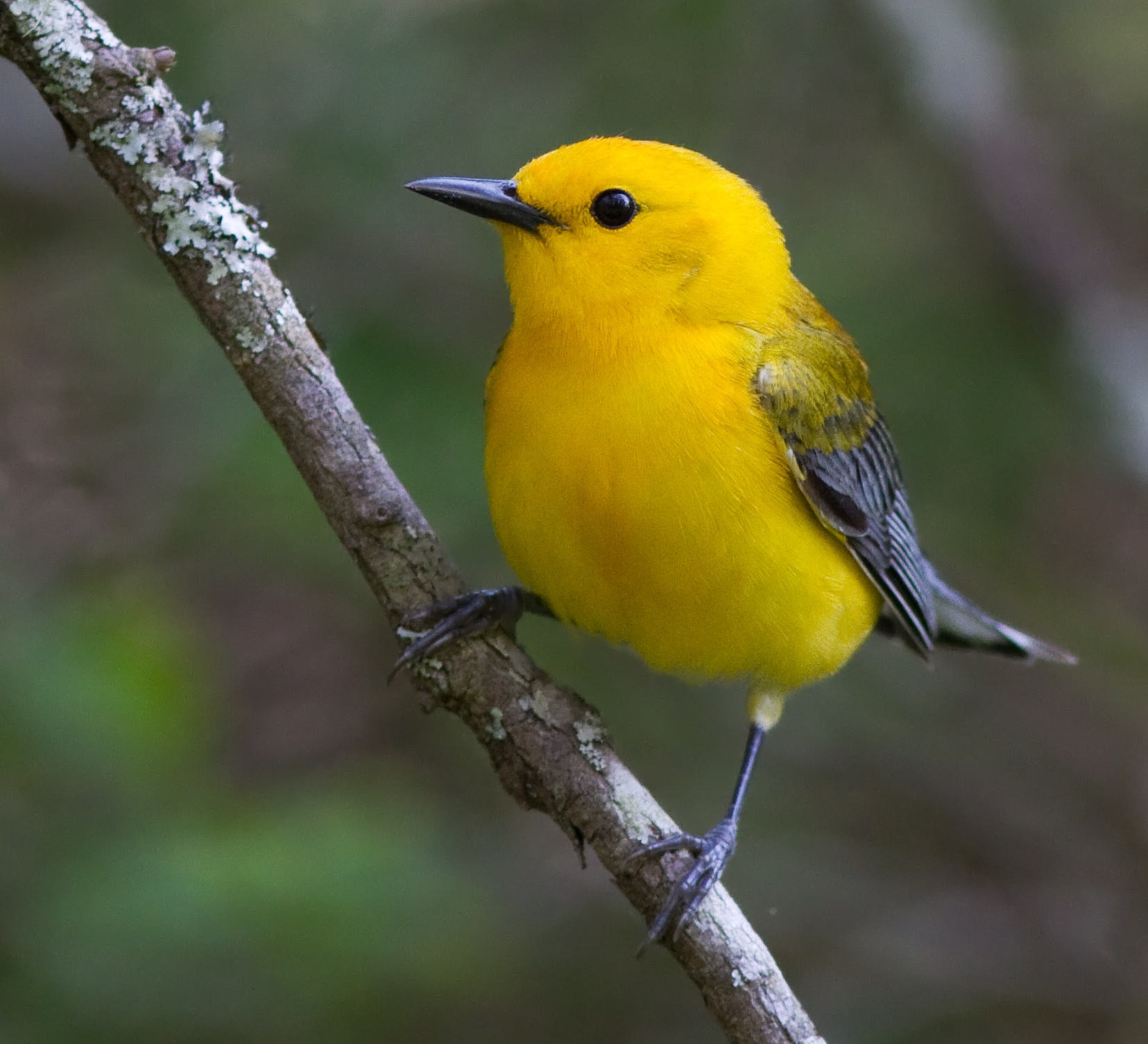
The National Wildlife Federation looks forward to working with communities, leaseholders, and decision makers, to advocate for robust protections for wildlife through every step of the development process. We will also be working closely with communities to ensure that those most in need of clean, affordable energy, and good jobs are at the center of this industry’s development.
 Offshore Wind Energy
Offshore Wind Energy 